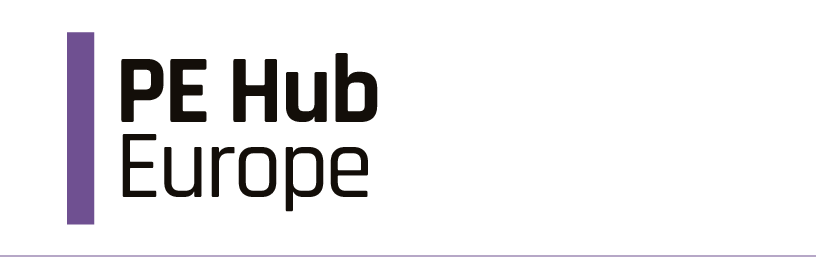Private equity ‘green shoots’ for second half as clock ticks on deployment
‘GPs need to show deployment because otherwise it’s a drag on IRRs,’ said Sunaina Sinha Haldea of Raymond James.
‘GPs need to show deployment because otherwise it’s a drag on IRRs,’ said Sunaina Sinha Haldea of Raymond James.


Copyright PEI Media
Not for publication, email or dissemination